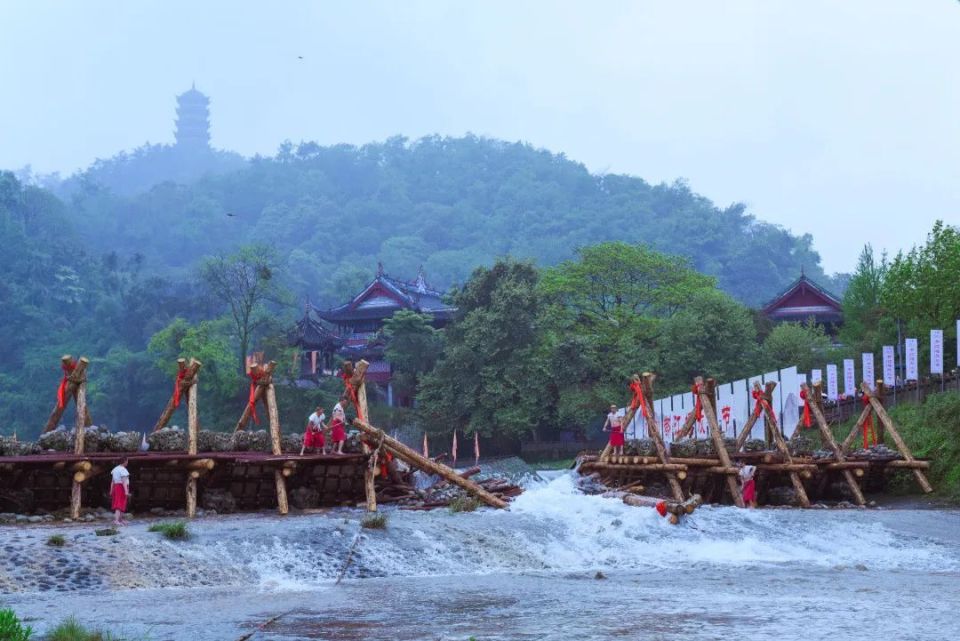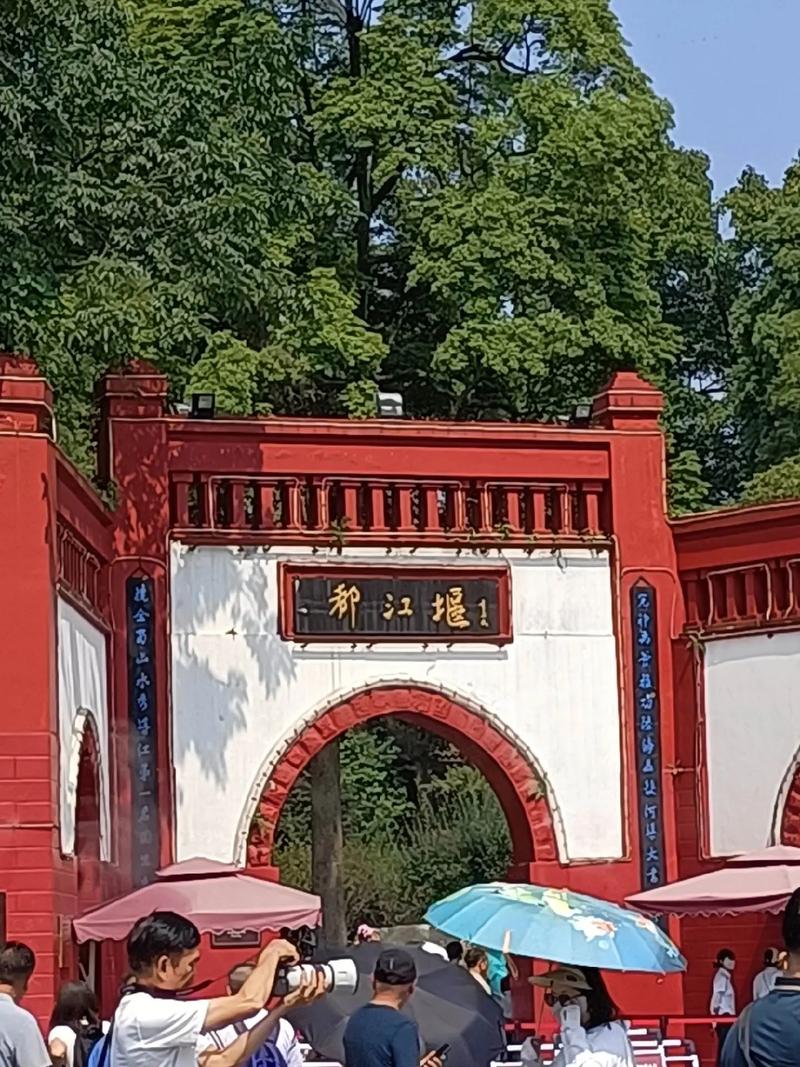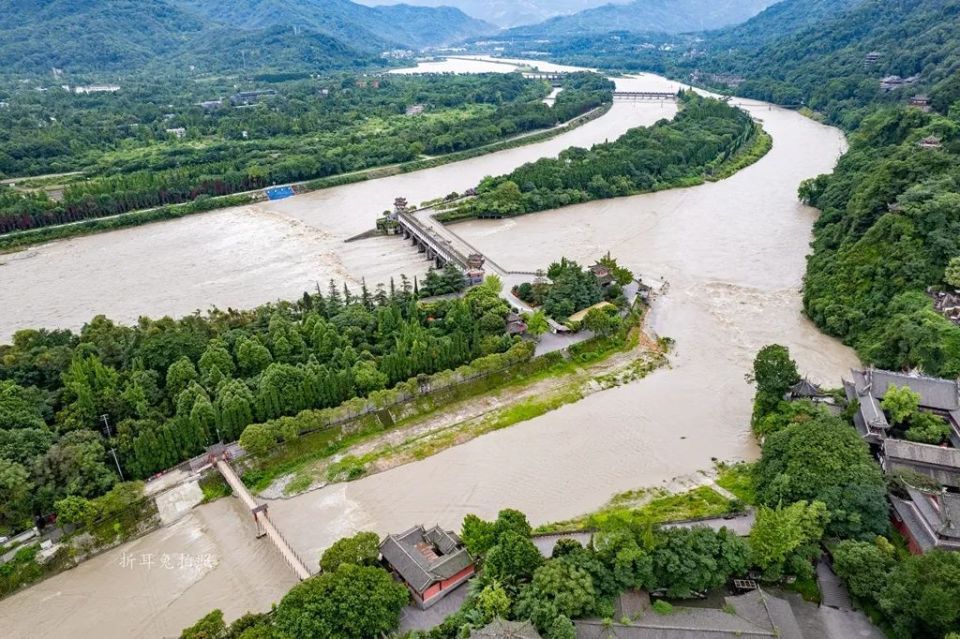Dujiangyan Irrigation Project, located in the west of Dujiangyan Irrigation Project City, Chengdu City, Sichuan Province, and on the Minjiang River in the west of Chengdu Plain, is a huge engineering system composed of canal headworks (Yuzui, Feisha Weir, Baopingkou), diversion channels at all levels in the irrigation area, various engineering buildings, large, medium and small reservoirs and ponds. The canal headworks cover an area of more than 200 mu.

It is responsible for irrigating more than 11.3 million mu of farmland in 40 counties (cities, districts) of 7 cities (regions) in the central and western parts of the Sichuan Basin, providing water supply for many key enterprises and urban life in Chengdu, as well as comprehensive services for flood control, power generation, water drifting, aquaculture, forestry, tourism, environmental protection and other goals. It is an irreplaceable water conservancy infrastructure for the development of the national economy in Sichuan Province.

In the later period of King Zhao of Qin Dynasty (about 276-251 BC), Li Bing, the governor of Shu, summarized the experience of predecessors in water control, organized people on both sides of the Minjiang River to build Dujiangyan Irrigation Project. In the Tang Dynasty, Feisha Weir was built. After the founding of the People's Republic of China, industrial water supply channels, outer river gates, and temporary water barriers for industrial water diversion in Feishayan were also built. In order to effectively manage and maintain the operation of Dujiangyan Irrigation Project, a system of weir officials and annual maintenance has been established.

Dujiangyan Irrigation Project is a world cultural heritage, an important part of the world natural heritage, a world irrigation project heritage, a national key cultural relics protection unit, a national scenic spot, and a national AAAAA tourist attraction.
